All About: Placenta Encapsulation!
Although it is becoming more and more popular, especially within the natural birth community, consumption of the placenta through placenta encapsulation (and in general) is still not widely done, or even known about. The purpose of this blog post is to offer education on the benefits, risks, as well my process, of placenta encapsulation so that you can make an informed decision on whether this is right for you!
Let’s talk a bit about what the heck this even is. Placenta encapsulation is when your placenta is prepared (we’ll talk about this more in a sec) and placed into capsules to be consumed by you, the birthing person during the postpartum period.
Okay, you might be someone that read that and immediately thought “YUCK”. If you are that person, totally fine. Placentophagy (the consumption of the placenta after birth) is not for everyone. I won’t be offended if you decide to click out.. (or maybe you stay for the education?) But if this is this is something that piques your interest and you want to know more, keep reading!
Disclaimer: I am not a medical professional and nothing in this post should be taken as medical advice.
I encourage you to do additional research and make your own informed decision before deciding to consume your placenta.
The Benefits and Risks
Unfortunately, the majority of the evidence we have on placenta consumption is anecdotal. However, from this anecdotal evidence, there is quite a bit of positive feedback! There have been reports of a more balanced mood, increased energy levels, better sleep, restoration of iron levels, and increased milk supply. There has been some scientific evidence that suggests that following the preparation process, hormones remain present in the placenta. Researchers have found that progesterone and estradiol remain at high enough levels to cause physiological effects if consumed.
No large randomized study exists that suggests that there are any serious risks associated with placenta consumption. A very small number of people did report a feeling of jitteriness and an increase in anxiety - similar to being overly caffeinated. Some suggest that if you have caffeine sensitivity, encapsulation may not be right for you. There have also been a small number of people that have reported a decrease in supply after ingesting the capsules, but, without a large randomized study, it is difficult to say whether or not this was actually caused by the consumption of the placenta or just the natural variation in breastfeeding experiences. The CDC currently warns against placenta encapsulation, but again, there is very little evidence to support this recommendation without a large randomized study.
The process for encapsulation
There are two ways to encapsulate placentas, the Traditional Chinese Method (TCM), and the Raw Method. TCM involves cleaning and gently steaming the placenta, then dehydrating it for about 8-12 hours, grinding it into a powder, and distributing it into capsules. The Raw Method is very similar, just minus the steam.
With TCM, since we gently steam it, we are able to add things like lemon, ginger, cayenne pepper, herbs… the possibilities are endless. In the theory of TCM, when someone gives birth and they lose (any amount of) blood, they are left with too much ‘yin’, or cold energy. The steaming used in TCM puts that heat energy back into the body, ‘yang’, and allows for a more balanced mind, body, and soul. The steam is gentle, so it is not cooking the placenta and it retains all of its nutrients. TCM capsules usually offer a slow/steady release of energy and can offer nice stabilization for the postpartum period.
Some believe that using TCM to prepare the placenta destroys some essential nutrients during the steaming process. The Raw Method was developed to keep these nutrients in tact. It essentially skips the herbal/gentle steam process altogether and it goes straight into the dehydration of the placenta. Capsules with the Raw Method are usually more potent and offer more of a ‘boost’ than the TCM. Fewer capsules will most likely be taken per day because of this potency. This method is not recommended if you have a sensitivity to caffeine.
Talk with your Placenta Specialist if you have questions about which method is best for you.
Other things you can do with your placenta
Not into consuming your placenta but wanting to do something with it? Here’s a list of things one might do to preserve or honor the beautiful organ that helped sustain your baby’s life!
Placenta Tinctures
Placenta Salves
Placenta Broths
Placenta Print
Cord Keepsake
Bury it or plant it with a tree
Donate it - https://birthtissuerecovery.com/
The bottom line
Like everything else, only you can decide what’s best for you and your postpartum healing! Do the research, talk to others who have done it, email me if you have any other questions!
Okay, ready to move forward? I would love to offer my services to you. Please click here to submit an inquiry!


